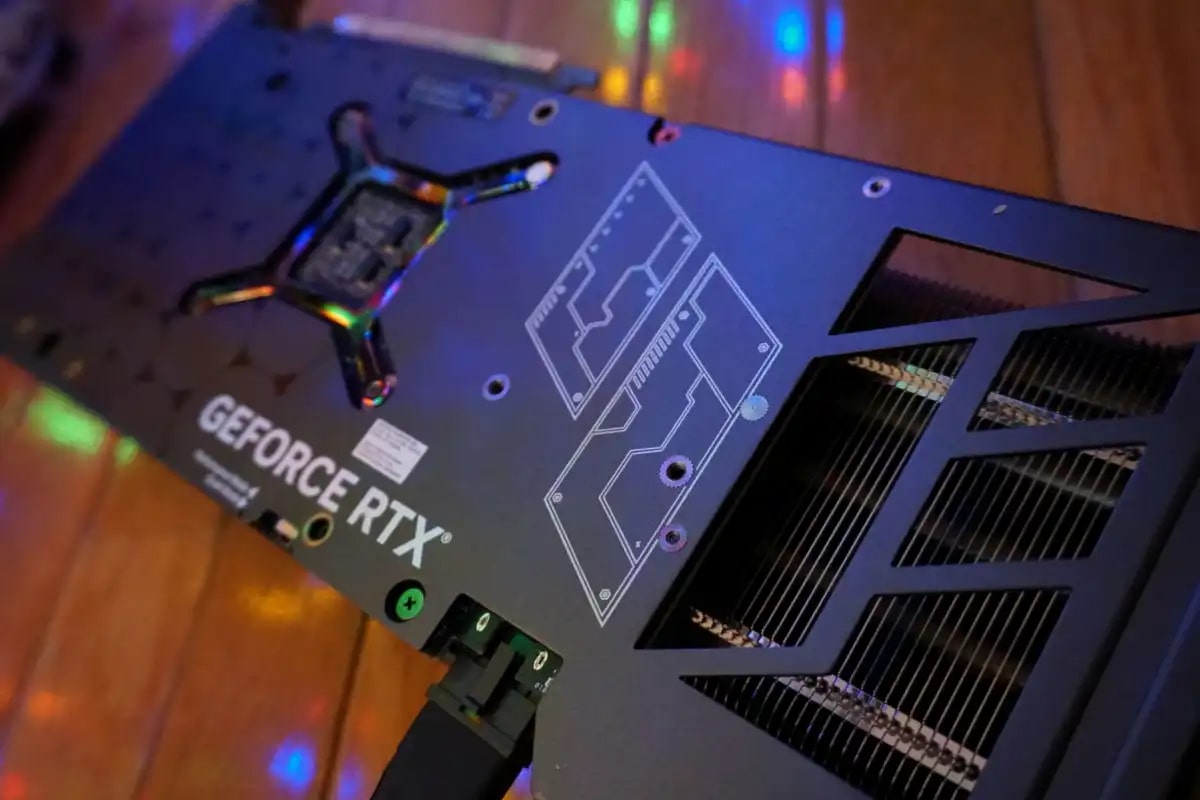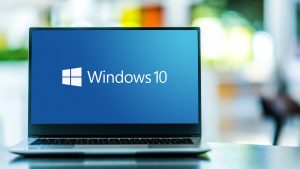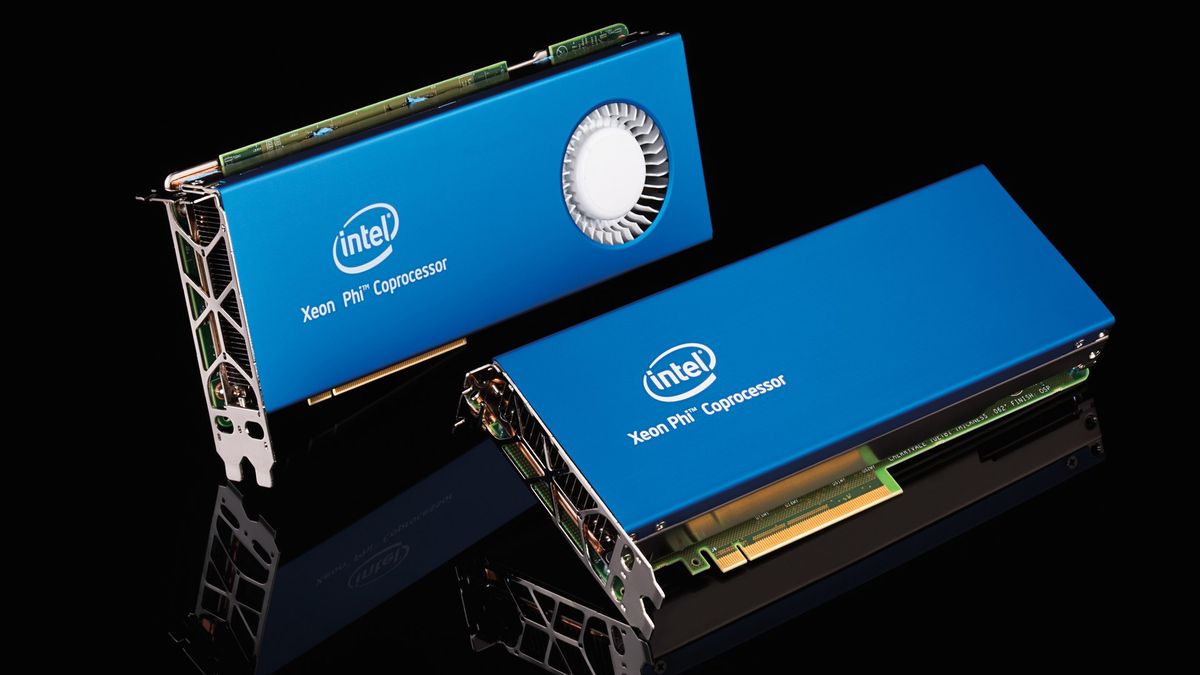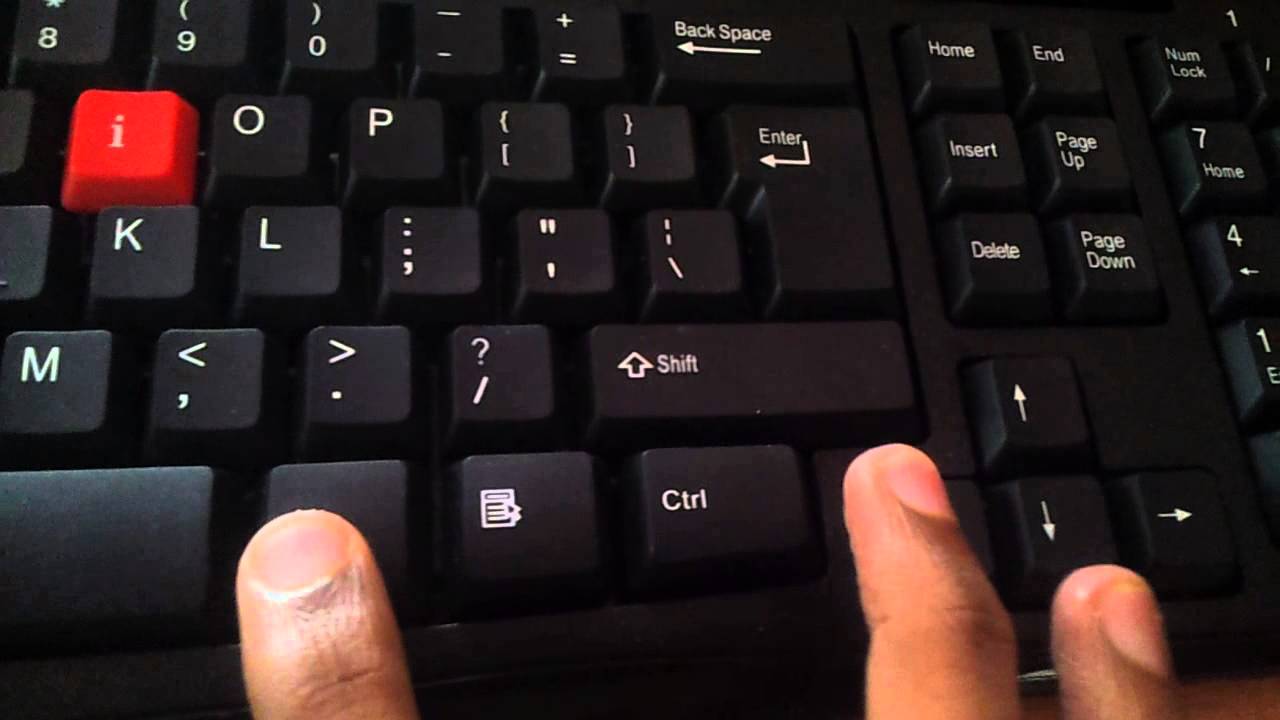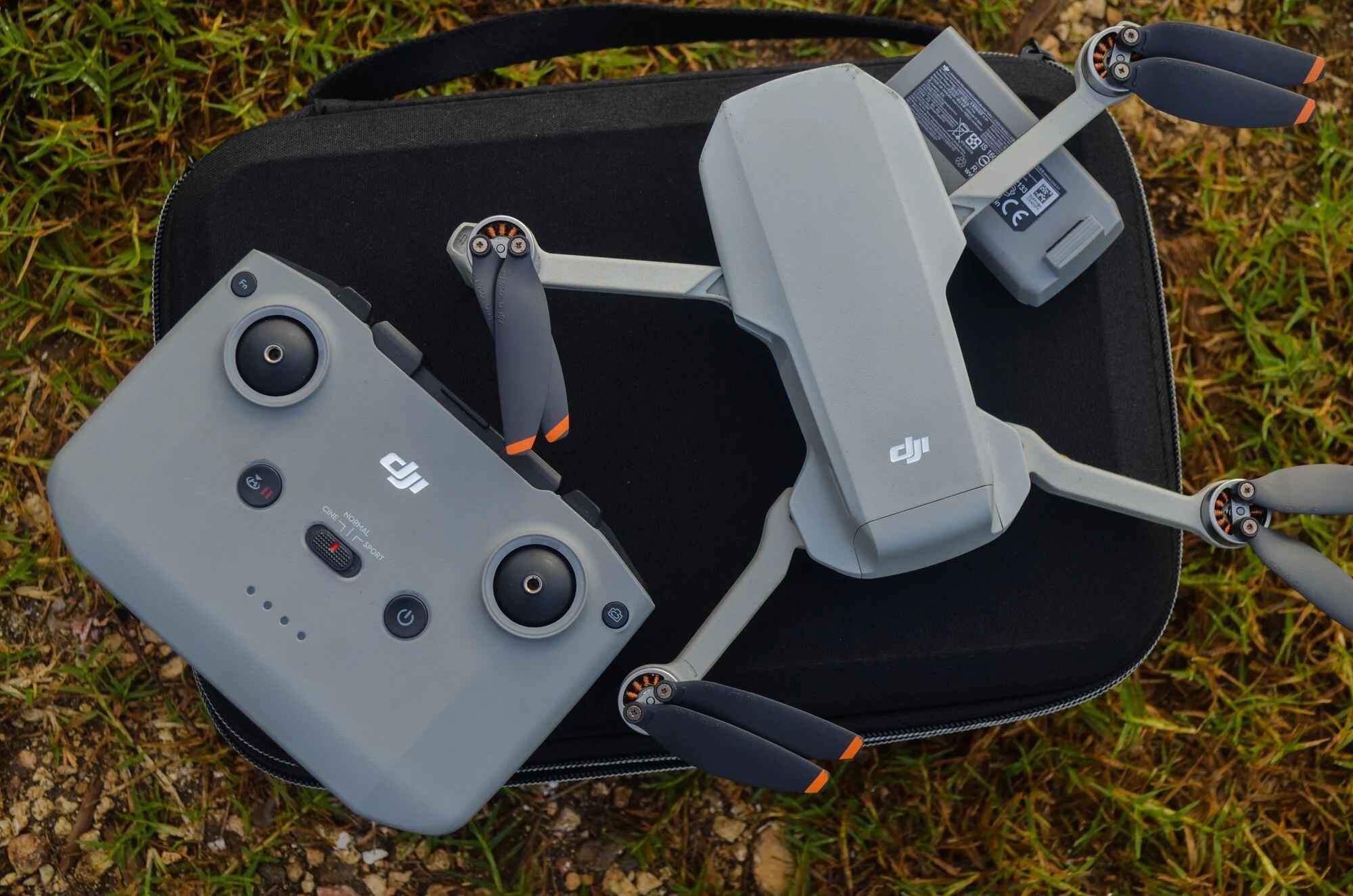Introduction
Welcome to the world of graphics cards, where high-performance rendering and smooth gameplay reign supreme. Whether you’re a gamer, graphic designer, or video editor, having a powerful graphics card is essential for your computer’s performance. But how can you tell which graphics card is being used on your system?
Knowing which graphics card is in use is crucial for a variety of reasons. It allows you to make informed decisions when upgrading or troubleshooting your system, as well as ensuring that your software and games are utilizing the correct hardware. In this article, we’ll explore several methods to help you identify which graphics card is currently being used on your computer.
We’ll start by looking at how to check the graphics card using the Device Manager, a built-in Windows tool that provides detailed information about hardware components. Next, we’ll explore the DirectX Diagnostic Tool, another Windows tool that provides comprehensive graphics card information along with system diagnostics. Then, we’ll discuss using the System Information tool, which provides an overview of all the hardware components on your system, including the graphics card. Finally, we’ll discuss the option of using third-party software that specializes in providing detailed graphics card information.
With each method, we’ll guide you step-by-step through the process of finding out which graphics card is being used on your system. By the end of this article, you’ll have a clear understanding of how to identify your system’s graphics card, no matter your level of technical expertise. So, let’s dive in and unravel the mystery of which graphics card is powering your computer!
Checking the Graphics Card Using Device Manager
The Device Manager is a built-in tool in Windows that provides a comprehensive list of all the hardware devices connected to your computer. It allows you to view and manage device drivers, including your graphics card driver. Here’s how you can use the Device Manager to check which graphics card is being used:
- Press the Windows key + X on your keyboard and select “Device Manager” from the menu that appears. Alternatively, you can right-click on the Start button and choose “Device Manager” from the context menu.
- In the Device Manager window, expand the “Display adapters” category by clicking on the small arrow next to it. This will display a list of all the graphics cards that are installed on your system.
- The name of the currently used graphics card will be displayed. You might see the specific model name, such as “NVIDIA GeForce GTX 1080,” or a more generic name like “Intel HD Graphics.” This information will help you identify which graphics card is being utilized by your system.
- If you have multiple graphics cards installed, you can determine which one is actively being used by observing a small indicator next to the name of the graphics card. A black arrow pointing downwards indicates that the card is in use, while a grayed-out arrow indicates that the card is not currently active.
By following these simple steps, you can easily check which graphics card is being used on your computer using the Device Manager. However, please note that the Device Manager only provides basic information about your graphics card. If you need more detailed information, such as driver version or GPU temperature, you may need to use other methods or third-party software which we’ll discuss later in this article.
Checking the Graphics Card Using DirectX Diagnostic Tool
The DirectX Diagnostic Tool, also known as dxdiag, is a built-in Windows utility that provides detailed information about your system’s DirectX components, including the graphics card. Here’s how you can use the DirectX Diagnostic Tool to check which graphics card is being used:
- Press the Windows key + R on your keyboard to open the Run dialog box. Type “dxdiag” (without quotes) and press Enter. This will open the DirectX Diagnostic Tool.
- In the DirectX Diagnostic Tool window, you will see tabs at the top. Click on the “Display” tab to view information related to your graphics card.
- In the “Device” section, you will see the name of your graphics card listed under the “Name” field. This will help you identify which graphics card is being utilized by your system.
- Additionally, you can find more detailed information about your graphics card, such as the driver version, memory size, and display mode, in the “Driver” and “Display” sections of the DirectX Diagnostic Tool.
The DirectX Diagnostic Tool provides in-depth information about your graphics card, making it an excellent tool for checking which graphics card is being used on your computer. It not only displays the name of the graphics card but also provides other useful details. This can be especially helpful if you need to troubleshoot graphics-related issues or ensure that your system meets the minimum requirements for specific applications or games.
Now that you know how to use the DirectX Diagnostic Tool to check your graphics card, let’s move on to another method to determine your system’s graphics card using the System Information tool.
Checking the Graphics Card Using System Information
The System Information tool is a built-in Windows utility that provides a comprehensive overview of the hardware and software components on your computer. It includes detailed information about your graphics card, allowing you to easily determine which graphics card is being used. Here’s how you can use the System Information tool:
- Press the Windows key + R on your keyboard to open the Run dialog box. Type “msinfo32” (without quotes) and press Enter. This will open the System Information window.
- In the System Information window, you will see a list of categories on the left-hand side. Expand the “Components” category by clicking on the small arrow next to it.
- Scroll down and click on the “Display” category. This will display detailed information about your graphics card in the right-hand pane.
- Under the “Adapter Type” or “Device Name” field, you will see the name of your graphics card. This information will help you identify which graphics card is currently being used by your system.
- Furthermore, you can find additional details about your graphics card, such as the driver version, BIOS version, and video memory, in the various subcategories listed under the “Display” category in the System Information tool.
The System Information tool provides a comprehensive view of your system’s hardware components, including the graphics card. It offers detailed information that is helpful when troubleshooting graphics-related issues or verifying system requirements for specific software or games.
Now that you know how to use the System Information tool to check your graphics card, let’s explore another method using third-party software to gain even more advanced insights.
Checking the Graphics Card Using Third-Party Software
While the built-in Windows tools offer useful information about your graphics card, there are also third-party software options available that provide more advanced insights and features. These software programs are specifically designed to monitor and analyze hardware components, including the graphics card. Here are a few popular options:
- GPU-Z: GPU-Z is a lightweight utility that provides detailed information about the graphics card, such as GPU clock speed, memory clock speed, and temperature. It also displays real-time monitoring of GPU usage and allows you to save graphics card information for future reference.
- MSI Afterburner: MSI Afterburner is primarily known as an overclocking utility for graphics cards, but it also features a comprehensive monitoring system. It provides real-time information about GPU usage, temperature, fan speed, and more. Additionally, it allows you to customize fan profiles and overclock your graphics card.
- HWiNFO: HWiNFO is a powerful hardware monitoring tool that not only displays detailed information about the graphics card but also provides information about other hardware components. It offers real-time monitoring of various parameters, including GPU usage, clock speeds, memory usage, temperature, and power consumption.
When using third-party software, it’s important to choose a reliable and trusted program from a reputable source. These software options can provide a comprehensive overview of your graphics card’s performance and allow you to optimize its settings for the best possible experience.
Now that you are familiar with the various methods of checking the graphics card using built-in Windows tools and third-party software, you have multiple options to determine which graphics card is being used on your computer. Whether you prefer the simplicity of the Device Manager, the comprehensive information provided by the DirectX Diagnostic Tool, the system-wide overview in the System Information tool, or the advanced features of third-party software, you can easily find the information you need to monitor and manage your graphics card.
Having this knowledge will be invaluable for troubleshooting, upgrading, or optimizing your system’s performance. So go ahead and utilize these tools to gain a better understanding of your graphics card and take your gaming or creative endeavors to the next level!
Conclusion
Identifying which graphics card is being used on your computer is essential for optimizing performance, troubleshooting issues, and making informed decisions about upgrades. Throughout this article, we have explored various methods to determine which graphics card is in use on your system.
We started by utilizing the Device Manager, a built-in Windows tool that provides basic information about the graphics card, such as the name and active status. Next, we discussed the DirectX Diagnostic Tool, which offers more detailed information about the graphics card along with comprehensive system diagnostics. We then explored the System Information tool, which provides an overview of all hardware components, including the graphics card, in a structured and organized manner. Lastly, we mentioned several third-party software options that offer advanced insights and monitoring capabilities for your graphics card.
By following the step-by-step instructions provided in each section, you can easily determine which graphics card is being used on your computer, regardless of your technical expertise. Whether you prefer using built-in Windows tools or opt for third-party software, you now have a range of options to choose from.
Understanding which graphics card is being utilized on your system not only helps in troubleshooting and optimizing performance but is also essential when upgrading or ensuring software compatibility. It enables you to make informed decisions and empowers you to take full control of your computer’s graphics capabilities.
So why wait? Start using the methods discussed in this article to check which graphics card is being used on your computer. Unlock the potential of your system, unleash your creativity, and enjoy a seamless gaming experience!







